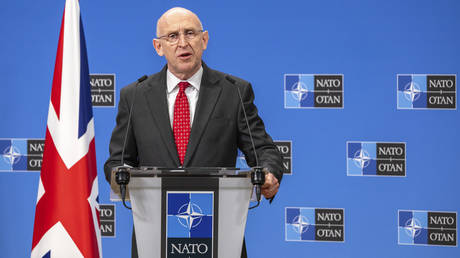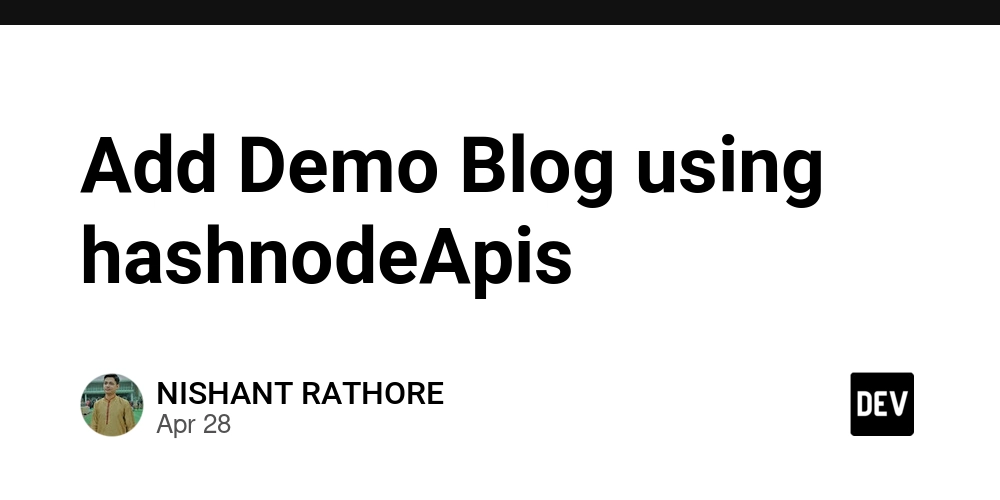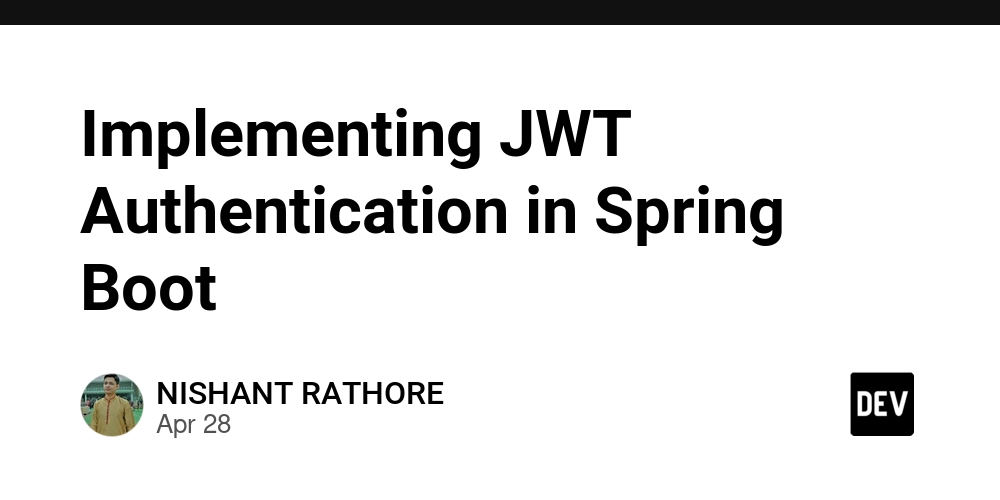I worked with Mark Zuckerberg, Brian Chesky, and other Big Tech execs. Here's how I made sure I had an impact in the room with them.
Judd Antin has held leadership roles at Airbnb and Meta. These are 4 strategies he used to help him influence C-Suite leaders like Mark Zuckerberg.
Alexander Tamargo/Getty Images for Vox Media; AP Photo/David Zalubowski; John Lamparski/Getty Images
- Judd Antin has held leadership roles at Meta and Airbnb, working directly with C-Suite execs.
- Antin left Airbnb in 2022 after over a decade in Big Tech and now is a consultant and lecturer.
- He shares tips on working with senior leaders, from language mirroring to presenting ideas in pairs.
I've been fortunate to learn from a few notable names in tech.
After getting a Ph.D. at UC Berkeley, I spent over a decade at top tech companies like Yahoo, Meta, and Airbnb, where I worked alongside some of the industry's most successful founders and executives.
At Meta, where I was a research leader from 2012 to 2015, I worked on several large projects with Mark Zuckerberg, former COO Sheryl Sandberg, and current CPO Chris Cox.
Over almost eight years at Airbnb, I held roles such as head of research and head of design studio. I met regularly with the CEO Brian Chesky and many other C-suite executives for planning, reviews, and design workshops. Watching these powerful people do their work was, by itself, an education.
I left full-time work in Big Tech a few years ago. I've since reflected on how crucial it was to be able to influence powerful people in this environment. With a river of high-stakes projects, heated debates, and other leaders jockeying for facetime with executives, I had to build these skills quickly or risk holding my career back.
These are some of the strategies I learned over time, through experiments and observation, that helped me be more effective when interacting with C-suite leaders.
Be a language mirror
Developing allies is the universal secret to influence, but it's even more important when the stakes are high. Given the anxiety, strong opinions, and office politics at the top of the org chart, executives are all the more on the lookout for who's on their team.
I learned early in my career to listen carefully and reflect the specific words that executives use back to them — a method sometimes called "linguistic mirroring." This technique works because the language people use is a map to the arguments they're most likely to buy.
To execute linguistic mirroring well, I paid close attention to the speech patterns and word choices executives used in a specific context and then subtly reflected those verbal cues in my speech.
Even when I disagreed with an executive, I found it more persuasive to express myself using language that I'd unabashedly stolen from them.
For example, I was once asked to lead a major reorganization project and disagreed with an executive's initial design. I noticed their rationale was framed around improving efficiency, and even though I believed efficiency wasn't a top concern, I used efficiency-centered language to pitch my alternative approach, successfully persuading them to adopt my design.
Never present a blank slate
Senior executives are usually forced to cover a lot of territory and switch contexts with every meeting. When presenting to them, the challenge is often to focus their attention on your topic quickly without wasting time getting them up to speed.
My trick for doing this well was to avoid presenting a blank slate. I learned never to present an open question without adding an answer or to discuss a plan without sharing the progress I'd already made.
It may sound presumptuous to skip ahead, but I found that sharing my progress as a starting point, rather than simply presenting the project context, helped execs understand quickly and focus their feedback on the heart of the matter.
For example, I was once tasked with leading a complex project that would require coordinating with leaders and teams across the product org and then getting executives to sign off. Instead of simply presenting a project plan, I quickly completed a straightforward part and presented my progress as an introduction to the project. It allowed them to quickly understand what the project was about and what I needed from them — an effective shortcut to getting sign-off.
Present ideas in pairs
Many senior executives become used to driving decisions with their intuition, preference, and taste.
However, to make fast progress on whatever I was working on, I usually needed to understand their decisions, not just "that's not going to work" or "needs another revision," but the deeper "why" behind the feedback.
I learned an easy way to get a clearer picture of their thought process was to avoid presenting a single idea and instead present two or more contrasting ideas for discussion. This triggered the leader's more analytical mode rather than gut reactions.
The pivot from "What do you think of this?" to "Which of these do you prefer?" forced a richer conversation about the pros and cons of each, helping me understand their rationale and what they were looking for.
Do the pre-work
Each of the three techniques I laid out above concerns what happens "in the room." But the perhaps unsurprising secret to effectiveness can be captured by the old saying, "Success is 10% execution and 90% preparation."
Early in my career, I entered a few meetings with Mark Zuckerberg, relatively blind to the broad context and disagreements among other executives in the room. The meetings went relatively poorly, and I quickly realized that doing a bit of internal research first to uncover executives' existing opinions would have helped immensely.
From then on, before high-stakes meetings, I'd avoid surprises by sitting down with key executives to preview my presentation beforehand. I'd work hard to discover who'd be likely to agree or disagree with my approach and why. Then, I'd use those conversations to help me reframe what I was going to present.
Working with C-suite leaders can be unpredictable
Even with a lot of practice and some solid techniques, not every discussion I had with an exec went as well as I'd liked.
However, developing the skills I needed to be comfortable in that pressure cooker was well worth it — it made me a better leader in every aspect of my career.

































































